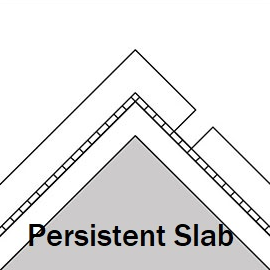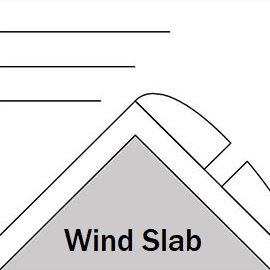Gudauri
Natural avalanches are unlikely, human-triggered avalanches are possible. Small avalanches in specific areas, or large avalanches in isolated areas.
Not much change to the overall danger, but an addition of windslabs to the problem list. The forecast amounts of new snow and wind are minimal, but fresh windslabs are reactive and they should be given at least 24 hours to settle and bond to underlying surfaces. Even a small slide in the wrong place can be dangerous.
Forecast issued at: 4 February 2025 23:30
Forecast valid until: 7 February 2025 23:30
Forecaster: Manu Greer
High Alpine
> 2600m
2 Moderate
Heightened avalanche conditions on specific terrain features. Evaluate snow and terrain carefully; identify features of concern.
Alpine
2000m - 2600m
2 Moderate
Heightened avalanche conditions on specific terrain features. Evaluate snow and terrain carefully; identify features of concern.
Sub Alpine
< 2000m
1 Low
Generally safe avalanche conditions. Watch for unstable snow on isolated terrain features.
Avalanche Problems
Persistent Slab

In most places in the high alpine, and shadier places in the alpine zone, layers of weak snow can be found at the base and middle of the snowpack. Sudden collapses of these layers caused by a rider's weight could trigger large avalanches on slopes of more than 30 degrees. Dig somewhere representative of the slope you want to ride before you drop in to see if you can find these weaknesses.
| Sensitivity | The specific avalanche problem type is difficult to trigger with a human rider. |
| Distribution | A few, isolated locations; evidence for instabilities is rare and hard to find. |
| Time of Day | All day |
| Trend | No change |
| Confidence | Moderate |
Wind Slab

Some thin slabs could form as small amounts of new snow drifts onto sheltered slopes. These would be mostly near rideglines.
| Sensitivity | The specific avalanche problem type is reactive to human rider triggers. Easy to trigger with ski cut. |
| Distribution | Specific areas, with common characteristics. Evidence for instabilities exists, but it is not obvious and finding it requires careful observations. |
| Time of Day | All day |
| Trend | Deteriorating |
| Confidence | Moderate |
Recent Avalanches and Snowpack
No fresh avalanches reported recently.
It's thin out there, the snowpack is anything from 30 - 150 cm. Some sunny aspects have melted off completely. Early-season snow forms a weak, sugary base layer in many places above 2500m. It can be found on all aspects but is worse on the N 1/2. Hard old wind deposited layers can be found in the mid-pack, with weak snow and surface hoar layers seen above and below them. This layer combination caused easy failures in test results in some locations, although the hard layer would be difficult to break where thick enough. Thin surface crusts have facets growing below them, mostly on E, S and W aspects.
Weather
A little new snow forecast over the next 2 days with light to moderate S and SW winds and cool temperatures. Clearing on Friday.
Disclaimer
Our avalanche forecasters are internationally qualified and experienced professionals, and data is provided by skilled observers. We encourage you to make your own observations and decisions, without relying solely on our forecast, since any forecast is a generalised 'best guess', and in certain cases it might be inaccurate. We can not be held liable for any actions you take in the backcountry that may result in injury, loss or death.